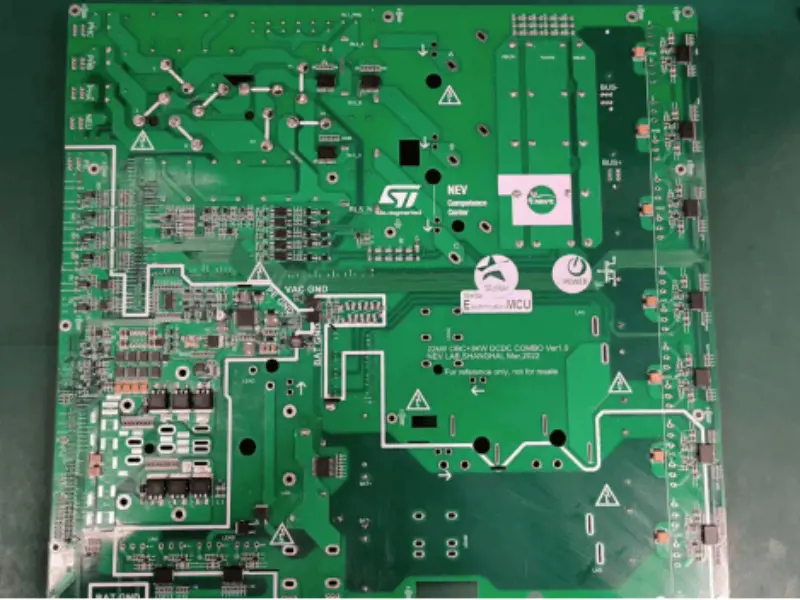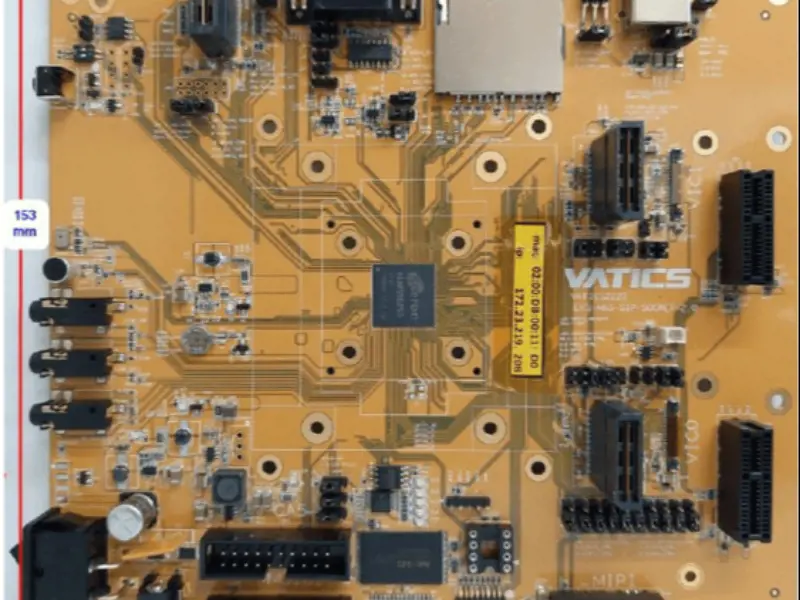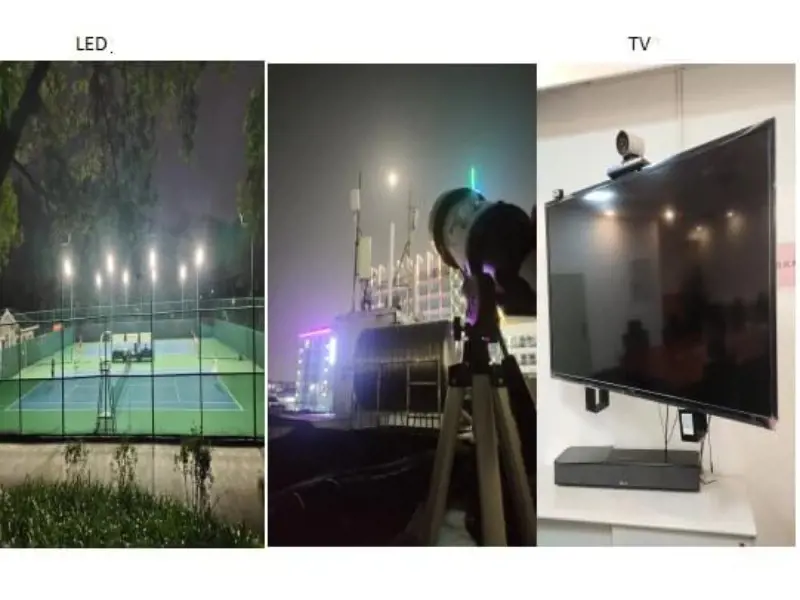Communication system phase-controlled power supply transformation solutions
The communication power supply in the communication system occupies a critical position. Its performance directly affects the quality and reliability of communication. With the development of communications, the requirements are increasingly high, and phase-controlled regulated power supplies can no longer meet the quality and reliability of modern communications requirements and are gradually replaced by a better high-frequency switching power supply performance.
Phase-controlled power supply refers to the system using a thyristor as the rectifier. The principle is that the frequency transformer steps down the AC input voltage, and then the thyristor is used for rectification.
A more complex set of thyristor trigger circuits is required to maintain the output voltage's stability. The high-frequency switching regulated power supply is the direct rectification of the AC input, and then through the power switching devices (power transistors, MOS tubes, IGBTs, etc.) constitute the inverter circuit to convert the high-voltage DC (single-phase rectification of about 300V, three-phase rectification of about 540V) into a high-frequency square wave (20kHz or more), the high-frequency square wave by the high-frequency transformer step-down and then rectified and filtered to get a stable DC output.
A High-frequency switching voltage regulator, compared with a phase-controlled voltage regulator, has the following advantages:
Small size, lightweight. Instead of large and bulky frequency transformers, high-frequency transformers make the power supply more and more miniaturized and lightweight.
High operating frequency so the output filter circuit can be miniaturized.
High power factor. The former uses an active power factor correction circuit; the power factor can be achieved above 0.98, while the latter uses waveform distortion, serious interference with the grid.
High efficiency and energy saving. The former's efficiency is generally 88% to 95%, while the latter's is below 85%.
Good dynamic response, improve communication quality. The former operates at a high frequency, and the emotional response to the load and the grid is far better.
Small ripple. The former's output ripple and noise are generally smaller than the latter, which is conducive to improving the quality of communications.
Low noise. The former operating frequency outside the range of human hearing, audible noise is much lower than the latter.
Easy to expand the capacity. High-frequency switching power supply generally uses a modular structure, and expansion is more convenient for maintenance.
A high degree of intelligence. Intelligent high-frequency switching power supply for communications must be more manned to create the conditions. And the old phase-controlled power supply is unable to meet this requirement.
Of course, the high-frequency switching power supply also has shortcomings, such as radio frequency interference, electromagnetic interference, etc. Still, with the development of communications power supply technology, these shortcomings are gradually being overcome.
With the development of the national communications industry, the domestic communications power supply is gradually developed and matured in terms of performance.
It has been comparable to foreign power supplies, with specific properties such as grid adaptability and even better than imported ones. Thus, the performance-to-price ratio has a significant advantage.
Domestic communication power supply has been fully able to meet the power supply requirements of communications equipment, more in line with China's national conditions than imported power supplies. After-sales service is incomparable to foreign power supplies.
The high-frequency switching power supply products developed, developed and produced by Shenzhen ZTE Corporation can meet the capacity requirements of users from 15A to 3100A. ZTE's communication power supplies are based on power electronics, computer technology and automatic control technology and are developed using new international technology and advanced devices. Its communication power supply system has the following technical advantages and features:
The primary power circuit of the switching rectifier adopts a double forward circuit topology. From the perspective of comprehensive utilization is the best power circuit structure form, most famous foreign manufacturers' products use this primary power circuit.
The switching rectifier adopts advanced PS-ZVS-PWM phase shift high resonant frequency soft switching technology with high efficiency and reliability. The efficiency is more than 93%.
The switching rectifier adopts an advanced current-type feedback control method. In addition to stabilizing the output voltage, it also has the advantages of faster load dynamic response and reduced low-frequency ripple value at the output.
The input side has an active power factor correction circuit. The input AC waveform is sinusoidal, and the power factor is as high as 0.998.
ZXD5000 power supply adopts technical measures to avoid damage to the equipment caused by excessive centre line current when the three-phase load is unbalanced.
ZXD5000 adopts automatic fan control technology, which effectively extends the fan's service life and improves the whole machine's reliability.
ZXD5000 adopts an advanced hot-swap technology design, greatly facilitating opening and maintenance.
The ZXD5000 is designed with advanced hot-swappable technology, greatly facilitating maintenance—wide AC input voltage range, especially suitable for areas with unstable power supply.
The system below 600A has a secondary down power protection function. It can effectively extend the power supply time to critical equipment after a power failure, especially suitable for wireless base stations according to the basic level of equipment, and cut off the DC output in stages after a power failure of the bureau station.
With flexible monitoring and control networking, in addition to the ordinary MODEM, leased line, X.25 way, but also through the company's switching, transmission, access equipment ZXJ10, ZXA10, and ZXSM monitoring network management system networking. We design an advanced centralized monitoring and control networking scheme with signal conversion module SCM as the core for the unique requirements of wireless base station power networking.
Adopt a large-screen LCD monitor to display various monitoring information in Chinese characters.
Perfect three-level lightning protection measures.
Good current equalization capability and high reliability when multiple machines are connected in parallel.
Two mains inputs, automatic or manual switching.
Automatic battery charging and discharging management, temperature compensation to prolong battery life.
With three perfect remote functions. The power control and computer technology are organically combined, with an ideal monitoring system that can realize unattended, in line with the internationally famous decentralized power supply mode.
High-frequency switching power supply instead of phase-controlled power supply is the trend of developing communications power supply. The new and expanded communications stations have adopted a high-frequency switching power supply with excellent performance. The phase-controlled power supplies used in the old stations have been used for many years, and it is time to update them. ZTE's high-frequency switching power supply has excellent performance and is ideal for phase control power supply transformation. Some stations have successfully adopted ZTE's power supply to transform the original phase-controlled power supply, making the space occupied by the power supply of these stations shrink, and the perfect monitoring system makes the power supply much more intelligent.
Previous: Huawei Distribution Automation Solutions
Next: MobileTech showcases a variety of cutting-edge edge computing and machine vision solutions








